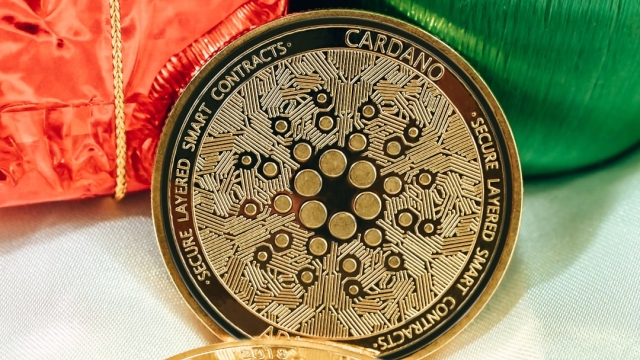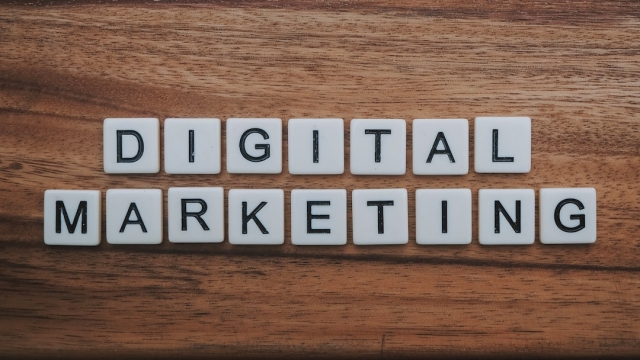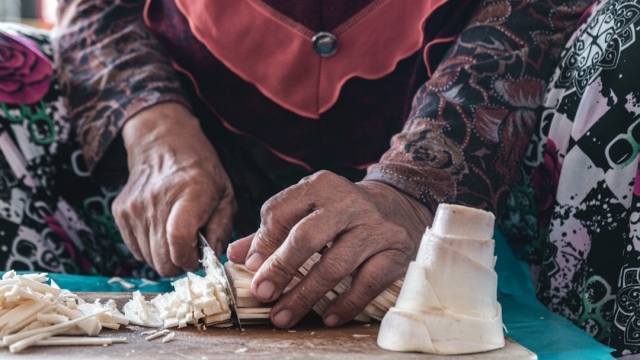The History of Ancient Coins and Their Evolution
There is a captivating allure surrounding ancient coins that draws collectors, historians, and enthusiasts alike. These small pieces of metal hold not only monetary value but also rich stories of the civilizations that crafted them. Understanding the facts about ancient coins opens a window into the past, revealing insights into trade, culture, and the evolution of economies across various regions. In this article, we will explore the history of ancient coins, their significance in trade and culture, and delve into notable examples that showcase their unique characteristics and features.
The History of Ancient Coins and Their Evolution
The journey of coins begins in the ancient world, where barter systems dominated trade. As societies flourished, the need for a more efficient medium of exchange became apparent. The earliest coins are believed to have emerged in the regions of Lydia and Ionia, where electrum—a naturally occurring alloy of gold and silver—was minted into standardized shapes. This innovation marked a significant turning point in economic history, paving the way for more complex trade networks.
As coinage spread throughout the Mediterranean and beyond, various cultures began to mint their own coins, each reflecting their unique artistry and values. Early coins often featured symbols, deities, or rulers, serving not just as currency but also as a medium for political propaganda. This evolution continued as coins became more intricate in design, with the introduction of inscriptions that provided information about the issuing authority, further solidifying their role in society.
The Significance of Ancient Coins in Trade and Culture
Ancient coins were more than mere tools for trade; they were cultural artifacts that conveyed important societal values. Coins facilitated commerce by providing a standardized measure of value, allowing for smoother transactions across regions. This was particularly vital in bustling trade centers where diverse goods were exchanged.
Additionally, coins often served as symbols of power and authority. Rulers used them to project their influence, with images of emperors or gods signifying legitimacy and divine favor. For instance, the Roman denarius not only represented wealth but also communicated the might of the Roman Empire. Coins were integral to daily life, helping to establish social order and promote economic stability.
Characteristics and Features of Notable Ancient Coins
Among the most intriguing facts about ancient coins is their remarkable diversity in design and craftsmanship. Each coin provides a glimpse into the culture and values of its time. For example, the Athenian drachma, often adorned with the image of the goddess Athena, is renowned for its artistic precision and historical significance. The imagery on such coins was not random; it was carefully selected to convey messages of civic pride and cultural identity.
Another notable example is the silver tetradrachm from the ancient city of Syracuse, famous for its exquisite artwork depicting the god Apollo and a charioteer. The craftsmanship of these coins reflects the high skill level of ancient artisans and their ability to create lasting legacies through metalwork.
In addition to their aesthetic appeal, ancient coins also provide valuable insights into trade routes and economic practices. For instance, the discovery of biblical coins in archaeological sites highlights the trade links between different cultures and the spread of religious significance through coinage. These coins serve as tangible connections to historical events and figures, enriching our understanding of the past. For more on this fascinating topic, explore more facts about ancient coins.
Conclusion
The world of ancient coins is vast and filled with compelling narratives. From their origins in early trade systems to their roles as cultural symbols, these coins have left an indelible mark on history. By exploring the facts about ancient coins, we not only appreciate their monetary value but also the stories and civilizations they represent. Whether you are a collector, a historian, or simply curious, understanding ancient coins allows us to connect with the past in a meaningful way.



